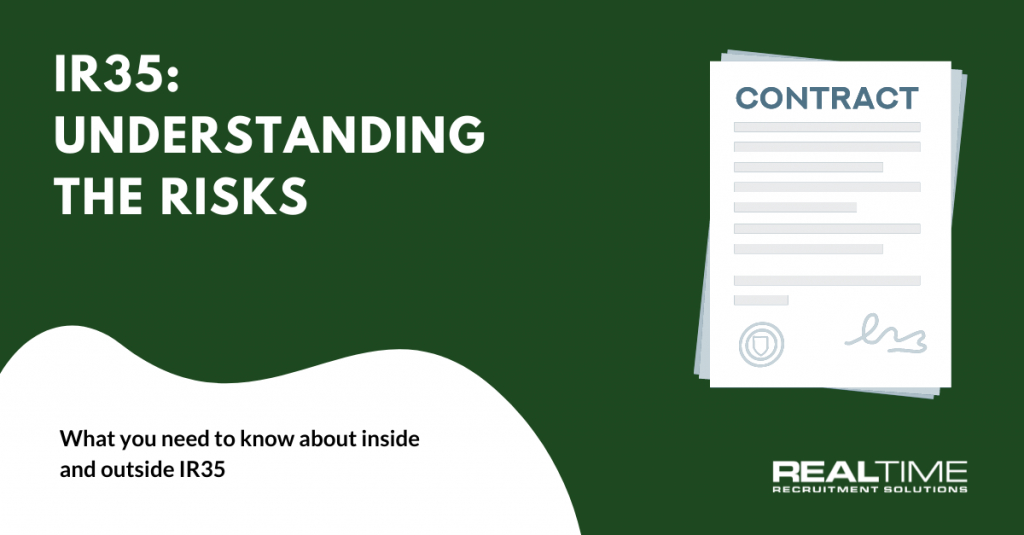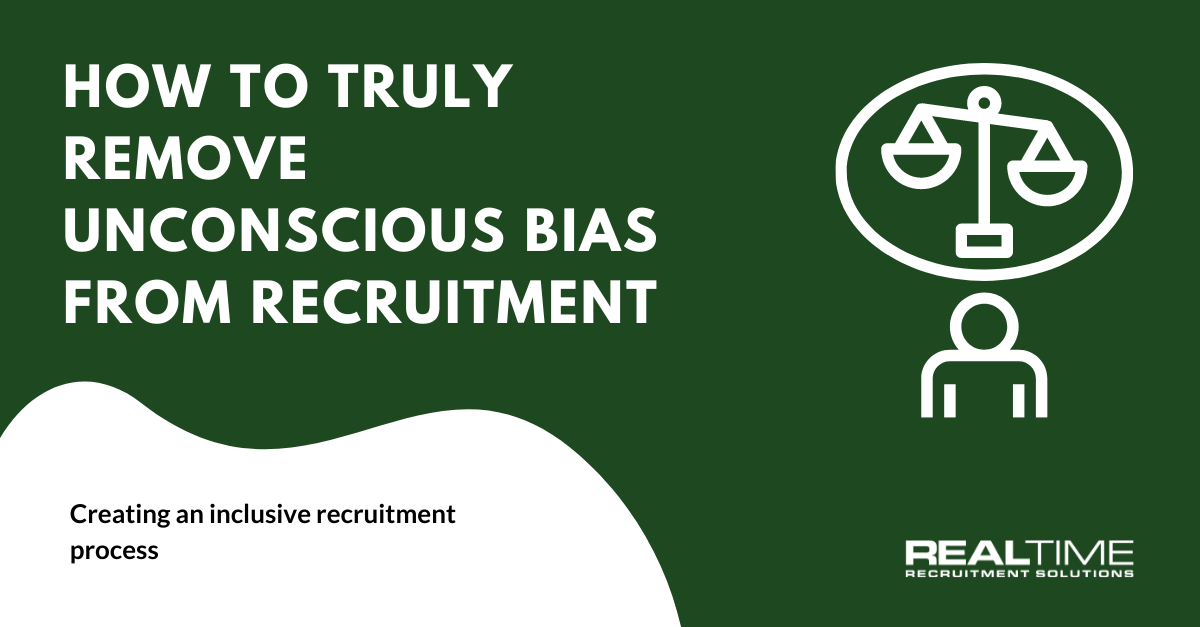
IR35: The Risks
Over the past couple of years, we’ve seen the picture around IR35 develop for businesses and contractors. There’s been lots of discussion about the impact of changes, the effectiveness of CEST and the technical detail behind accountancy rules. However, it’s important and worth clarifying the broad range of risks this change presents for businesses.
It can be misrepresented as a purely financial risk or liability risk, but without proper preparation, this change has the potential to also present clients with:
Risk of tax liability for ‘outside IR35’ contractors, through incorrect assessments
The cost of making an incorrect status determination assessment could be significant.
Clients may make the wrong determination through a lack of capability in the business, failure to engage with those with expertise, through a misguided attempt to mitigate another risk, or any other reason.
The key is that if the client gets that wrong, HMRC will hold them responsible. The legislation states the client must take reasonable care in making this assessment, and failure to do so makes them solely liable.
Without clarity on what reasonable care looks like in practice, it is impossible for clients to be sure they’ve met this standard.
Risk of tax liability for ‘inside IR35’ contractors, through Criminal Finance Act
Since its introduction in 2017, the CFA is slowly gaining more name recognition. However, there is still a fairly low level of understanding that this legislation makes the engagement of contractors on a PAYE basis much less of a risk-free option than it once was.
The CFA means that if any party in the supply chain engages in tax avoidance, the client can be held liable. One way to avoid this is to only engage with an FCSA Supply Chain Partner – this tells you every member of the supply chain has been independently audited to HMRC best practice standards.
Risk of HMRC enquiry tying up resource and disrupting business delivery
Unfortunately, even when you get everything right, it doesn’t stop HMRC from launching an investigation and engaging your business resources in an investigation process.
There’s a couple of ways to manage this risk. One is a comprehensive insurance product that includes tax representation cover, and the other is to ensure your due diligence process includes the provision of a comprehensive audit package for HMRC. Our audit service provides both.
Risk of contractors leaving, due to unfavourable assessments
It’s understandable that in the face of these various risks, clients might think it’s easier to just rule everyone ‘inside’ IR35.
Apart from the fact that there’s a host of other risks from the Criminal Finance Act, this does nothing to mitigate the very real commercial risk of contractors choosing different projects, and clients allowing them to work in a way that suits them. Contractors care deeply about the ability to engage on an outside IR35 basis, and in a contract that is currently assessed as outside IR35, it is highly unlikely contractors will be happy to accept inside status determinations.
Risk of increased contractor charge, in effort to retain and attract contractors
Where clients feel an inside IR35 engagement is the only option, it’s likely we’ll see an increase in prices to help clients try to continue to attract top level talent, as well as to account for the additional employer national insurance costs due.









